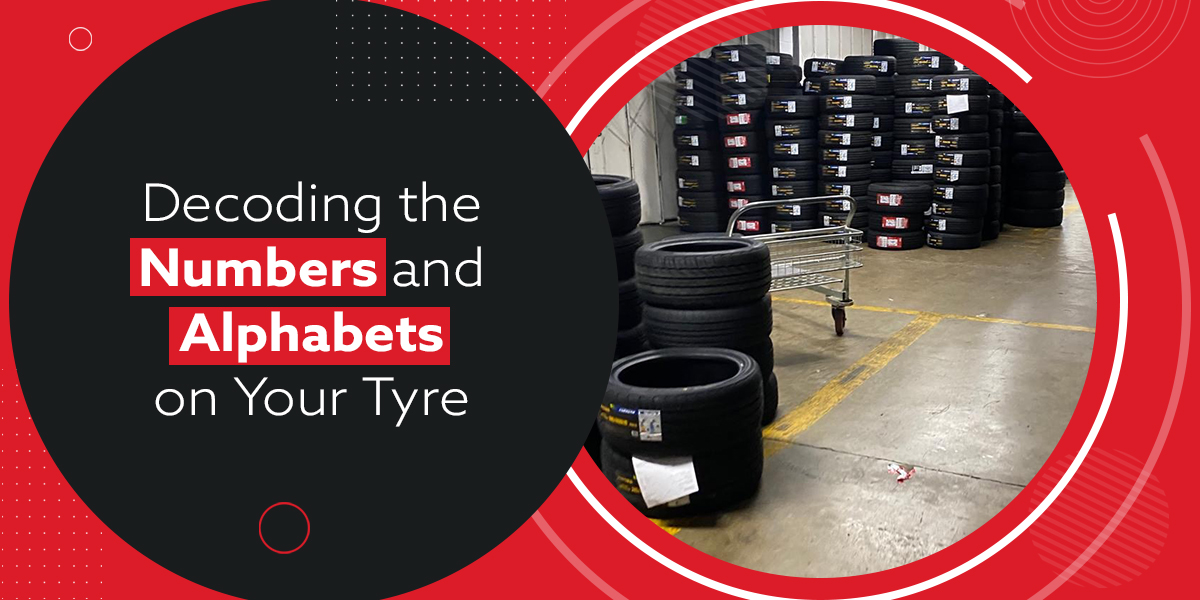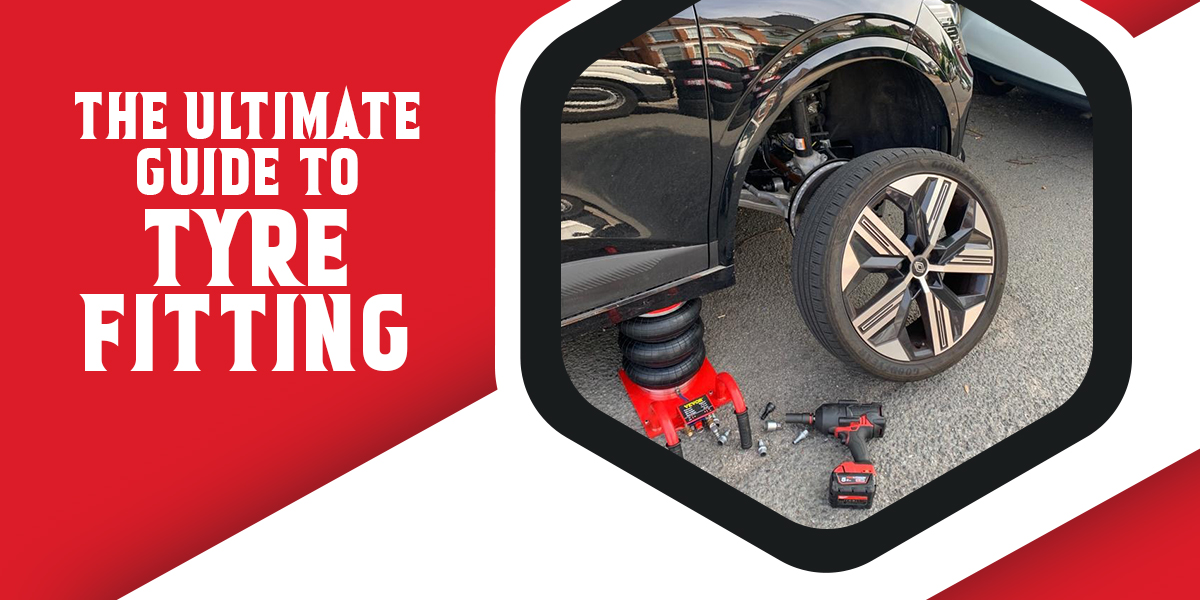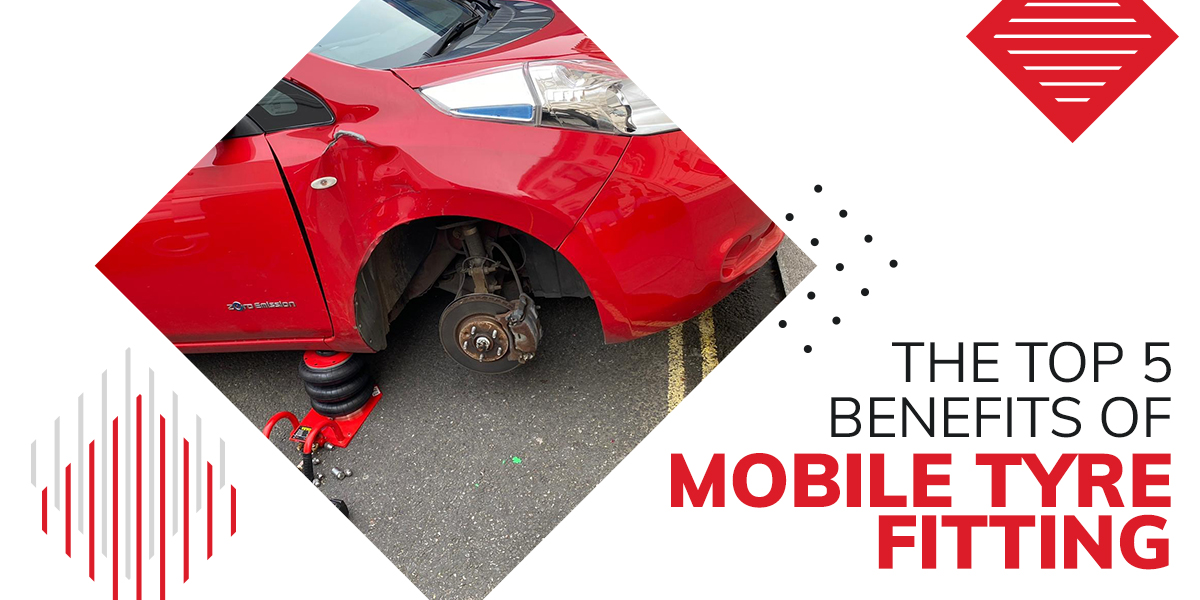Your car’s tyres are not just round pieces of rubber. They are meticulously engineered wonders that keep you connected to the road, ensuring a smooth and safe journey. Have you ever noticed the cryptic codes and symbols on the sidewall of your tyres?
They hold a wealth of information about your tyre’s size, type, performance, and more. At 24 hour mobile tyre fitting London, we decided to help you decode the numbers and alphabets found on your tyre’s sidewall.
The Key to Understanding Your Tyres
Next time you take a look at your tyres, pay attention to the sequence of numbers, letters, and symbols engraved on it. Let’s dive into the key elements that will help you decipher their meaning:
- Tyre Size: The first set of numbers indicates the tyre size. For example, you might find something like “205/55R16.” Here, 205 represents the width of the tyre in millimetres, 55 denotes the aspect ratio (the sidewall height as a percentage of the width), and 16 signifies the diameter of the wheel in inches.
- Load Index: The load index is denoted by a number and indicates the maximum weight your tyre can support. The higher the number, the greater the load-carrying capacity. You can refer to a load index chart provided by tyre manufacturers to determine the exact weight capacity of your tyre.
- Speed Rating: The speed rating is represented by a letter and indicates the maximum speed at which the tyre can safely operate. For instance, “V” indicates a speed rating of up to 149 mph. Different speed ratings are assigned to different letters, ranging from “Q” (99 mph) to “Y” (186 mph). It’s essential to match the speed rating of your tyre to the recommended speed capability of your vehicle.
- Tread wear, Traction, and Temperature Ratings: Look for a three-digit number followed by letters: “XXX AA A.” The first number is the tread wear rating, providing an estimate of the tyre’s longevity compared to a standard reference tyre. The traction rating (AA, A, B, or C) represents the tyre’s grip on wet surfaces, while the temperature rating (A, B, or C) indicates its ability to dissipate heat at high speeds.
How to determine the size of your tyre?
Determining the size of your tyre by looking at the sidewall is relatively straightforward once you understand how to interpret the numbers and letters. The size of a tyre is typically represented by a series of numbers, such as 205/55R16.
- Width: The first number in the series indicates the width of the tyre in millimetres. In the example above, “205” represents the width of the tyre. This measurement refers to the distance from one sidewall to the other, measured at the widest point when the tyre is mounted and inflated properly.
- Aspect Ratio: Following the width number, you will find a forward slash (/) and another number. This number represents the aspect ratio or profile of the tyre. The aspect ratio indicates the sidewall height of the tyre as a percentage of its width. In our example, “55” represents the aspect ratio. This means that the height of the tyre’s sidewall is 55% of the tyre’s width.
- Construction Type: After the aspect ratio, you may come across a letter indicating the construction type of the tyre. The most common letter used is “R,” which stands for radial construction. Radial tyres are the most prevalent type of tyre used in modern vehicles. Other less common letters you may encounter include “D” for diagonal construction or “B” for bias-belted construction.
- Rim Diameter: The last number in the series indicates the diameter of the wheel that the tyre is designed to fit. It is represented in inches. In our example, “16” denotes that the tyre is intended to be mounted on a wheel with a 16-inch diameter.
What is the load index on a tyre? How to interpret it?
The load index is a numerical code that indicates the maximum weight capacity that a tyre can safely support. It is an essential piece of information to ensure that you select tyres that can adequately handle the weight requirements of your vehicle.
To interpret the load index, you need to refer to a load index chart or table, which can be found on tyre manufacturer websites, in tyre handbooks, or provided by tyre retailers. The load index chart correlates the numerical load index value to the corresponding weight capacity in pounds or kilograms.
For example, let’s consider a load index of 95. By referring to a load index chart, you can determine that a load index of 95 corresponds to a maximum weight capacity of 1521 pounds or 690 kilograms per tyre.
What does the speed rating on a tyre indicate?
The speed rating is denoted by a letter that follows the load index on the tyre’s sidewall. Each letter corresponds to a specific speed rating, indicating the maximum speed capability of the tyre. The speed ratings range from “Q” to “Y,” with each letter representing a specific speed range.
Here is a breakdown of the most common speed ratings and their corresponding maximum speeds:
- Q: Up to 99 mph or 160 km/h
- R: Up to 106 mph or 170 km/h
- S: Up to 112 mph or 180 km/h
- T: Up to 118 mph or 190 km/h
- U: Up to 124 mph or 200 km/h
- H: Up to 130 mph or 210 km/h
- V: Up to 149 mph or 240 km/h
- W: Up to 168 mph or 270 km/h
- Y: Up to 186 mph or 300 km/h
Your tyre’s sidewall contains useful information which should be understood. Understanding the numbers and alphabets engraved on the sidewall allows you to make informed decisions about tyre replacement, maintenance, and safety.
Meanwhile, if you have any concerns about the speed rating of your tyres or need assistance in selecting the appropriate tyres for your vehicle, it is recommended to consult a tyre professional.
At 24hr Mobile Tyre Fitting London, we offer a convenient and efficient solution to your tyre-related emergencies, bringing professional assistance directly to your doorstep. So, next time you gaze at your tyre’s sidewall, remember that it holds the key to unlocking a world of knowledge about your vehicle’s safety and performance.






